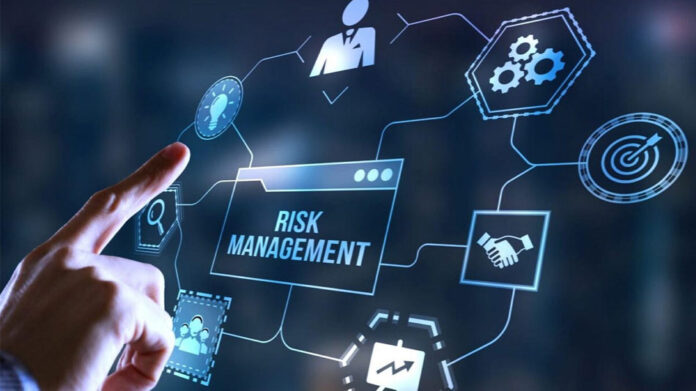Table of Contents
As a business owner, consistent success is the ultimate goal. However, unforeseen events and potential risks may challenge the stability and growth of your business. So how can you minimize potential threats and maintain control in times of uncertainty? The answer lies in proactive risk management. Here are a few strategies to help you identify and mitigate risks within your organization.
Cultivate a Risk-Aware Culture
Encourage open communication about potential risks at every level of the organization. Promote critical thinking and problem-solving abilities. Share success stories of effective risk management strategies.
Conduct Regular Risk Assessments
Utilize assessment tools like SWOT (Strengths, Weaknesses, Opportunities, and Threats) analysis to identify potential risks, including operational, financial, legal, and reputational risks. Remember to reassess risks periodically, as new threats may arise due to changes in the industry, regulations, and environment.
Implement Effective Solutions for Claims Management
Having a streamlined and organized claims management solution in place can significantly reduce the financial impact of potential risks. Ensure that your organization is equipped with a suitable claims management system, enabling timely and efficient processing of claims and reducing the likelihood of costly disputes.
Utilize an Enterprise Risk Management (ERM) System
Try to integrate risk management into the organization’s overall strategic planning process. Assign roles and responsibilities for mitigating specific risks and regularly review and update risk management policies and procedures.
Create Contingency Plans
Be sure to develop and document specific action plans for each identified risk. Include clear steps to address the risk, along with the responsible team members and deadlines. Test your contingency plans in real-life or simulation scenarios.
Leverage Technology for Risk Management
It can be beneficial to use data analytics tools to monitor trends, identify risks, and determine their potential impact. You can also create data-driven risk mitigation strategies using predictive analysis. Stay informed about new technologies and their potential benefits and risks to your industry.
Prioritize Risk Mitigation Efforts
Evaluate the potential consequences and likelihood of each risk. Allocate resources based on priority, focusing on the most pressing risks. Balance proactive measures with reactive measures, such as insurance and crisis response planning.
Stay Informed about Compliance and Regulatory Changes
Monitor updates to laws, industry regulations, and best practices that may affect your organization. Establish communication channels to disseminate relevant information within the organization. Update internal policies and procedures accordingly to ensure compliance.
Establish Monitoring and Reporting Mechanisms
Continuously monitor risks by reviewing key performance indicators (KPIs), financial metrics, and employee feedback Develop a systematic reporting process for risk identification and mitigation. Use data-driven insights to adjust risk mitigation strategies as needed
Engage in Employee Training and Development
Provide employees with comprehensive training on risk mitigation practices and policies. Offer professional development opportunities to build specialized skills in risk management and keep a pulse on employee satisfaction, as a motivated workforce is more likely to be proactive in identifying and mitigating risks.
Learn from Past Experiences
Conduct post-mortems of past risk events, analyzing successes and failures in addressing these situations. Use the lessons learned during these events to improve organizational resilience and reduce future risk exposure.
Foster Collaboration within the Organization
Encourage cross-functional collaboration between departments to identify and address risks that may impact multiple areas of the business. Open channels of communication can lead to a more cohesive risk management strategy, ensuring potential risks are addressed comprehensively.
Develop External Partnerships
Establish relationships with external partners and experts in risk management who can provide valuable guidance and advice. By continuously learning from others, you can enhance your organization’s risk management capabilities and benefit from an outside perspective on potential risks and effective mitigation strategies.
Monitor Competitor Activity
Keep an eye on competitors within your industry, as their actions and the risks they face can provide essential insights into potential risks that your organization may encounter. Observing their risk mitigation strategies – especially those that have proved successful – can help you develop stronger, more effective risk management processes.
Proactive risk management is essential to protect your business’s long-term success. By cultivating a risk-aware culture, implementing an ERM system, leveraging technology, and continuously monitoring risks, you can effectively identify and mitigate potential threats. Stay vigilant and adaptive, and your organization will be better prepared to navigate the unknowns of the business world.















